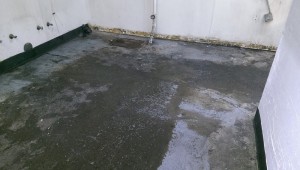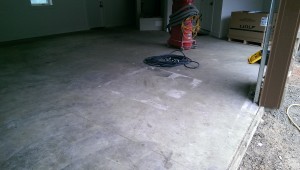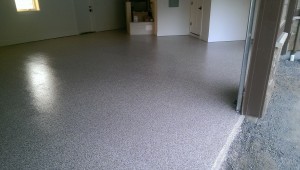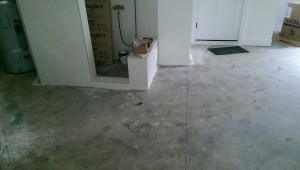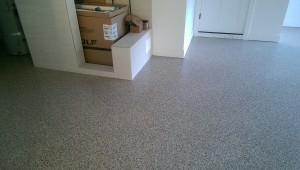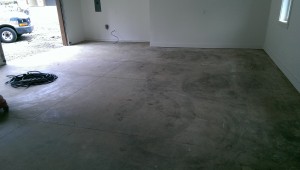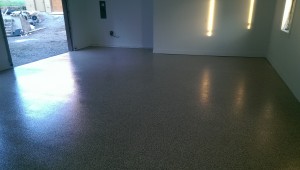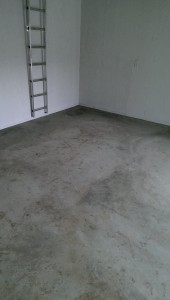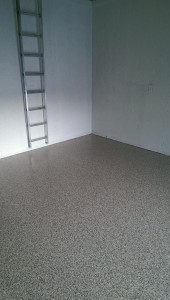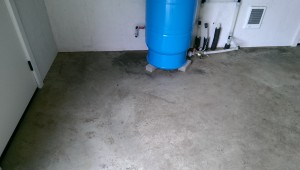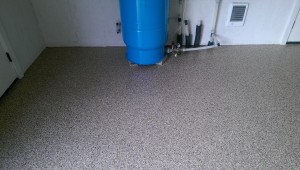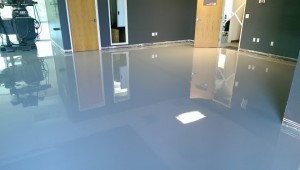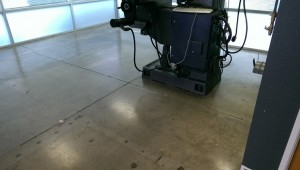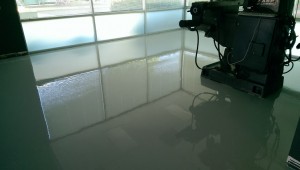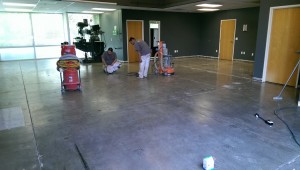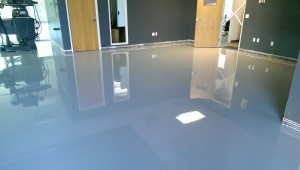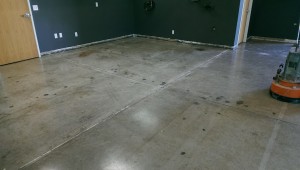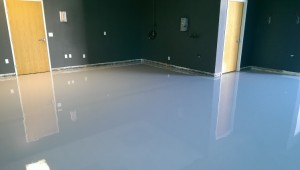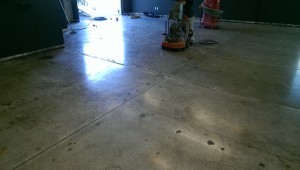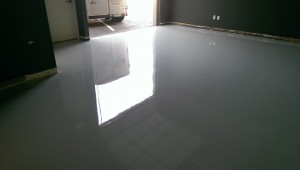If you’re having issues with your epoxy flooring or want to avoid future damage to your soon-to-be new floor, check out the leading causes of epoxy floor issues. It turns out that you are likely not the cause of the damage to your floor. The source of most damage to an epoxy floor is from the cement before the epoxy was laid or from the person who installed the floor for you, which is why you always want to work with a professional.
That being said, the preparation and research done before deciding on your floor and the company to lay it is very important. Here are some of the biggest issues to be on the lookout for in the initial stages of floor shopping and installation:
Stained or wet concrete – If your concrete is old and used, chances are some oil, chemicals and water have been spilled on it. Regular concrete is porous and absorbs those liquids, sometimes creating stains and always adding moisture to the concrete. The issue with this is that if an epoxy coating is laid on top of that moisture, it becomes trapped. The liquids can separate from the concrete and pool underneath the coating which causes bubbling and flaking in your floor. Be sure to remove all stains before proceeding with your epoxy floor coating.
- Tip: To test the moisture level of your concrete floor, tape a piece of plastic onto the floor and leave it for 24 hours. If there is condensation on the underside of the plastic when you untape it, that means there’s too much moisture in your floor to immediately apply epoxy to it. In this case contact a professional like Smith and Company to discuss your options.
- Tip: When removing stains, make sure to remove any cleaning agents used. These can leave behind residue that can interfere with the epoxy fully bonding to the concrete. Additionally, do not allow cleaners to dry on the concrete, this is just adding more moisture to it. Instead, use a rag or cloth to absorb the cleaning solutions.
Sealant on concrete – If there is a seal on your concrete floor, it prevents the epoxy from properly bonding with the concrete. This will cause bubbles and flakes in your epoxy down the road.
- Tip: To determine if your floor has a sealant on it, simply pour water on it. If the water beads up and doesn’t soak into the concrete, it probably has a thin sealant on it that will need to be removed.
New concrete – If you’ve recently had your concrete poured, make sure that it has had the proper time to cure before applying an epoxy coat. If not fully cured, the moisture in the concrete (as mentioned before) will cause problems.
Improper installation – Epoxy coating is a science; if not done right, you may end up with a less than satisfactory product. If the coating is not applied at the proper temperature or cooled too quickly, bubbles may form or a “skin” may develop on top of the coating. If improperly mixed, stickiness or a malleable surface may be a consequence.
- Tip: To avoid installation issues, hire a professional service, like Smith and Company, who has a first-class reputation and years of experience.
Excessive humidity – If the humidity outside is above 60%, it’s not the time to be laying an epoxy floor. Condensation can form on the floor during the cure which causes a dull finish.
- Tip: Do not schedule your epoxy floor installation during the rainy season or in high humidity climates. Wait for a dry season to ensure the shiny floor you’re paying for.
To sum up, avoid moisture at all costs and hire a professional you can trust. You’ll avoid future damage to your floor and receive the durable product you invested in. If you have any questions about your concrete or our processes, be sure to give us a call and we’ll make sure your concrete is properly prepared for the epoxy flooring you want.
